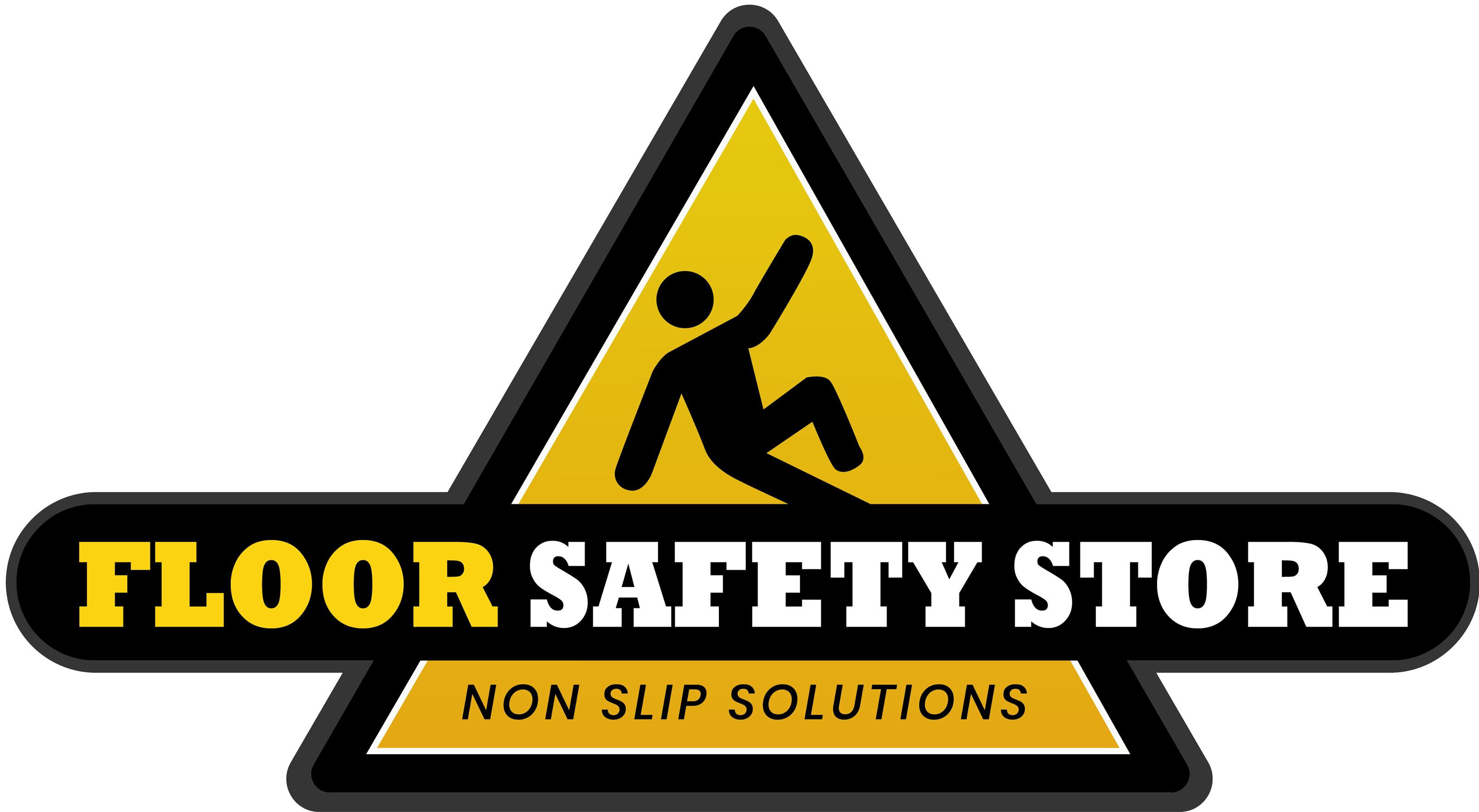Rubber and sponge sheet
Sponge Sheets, commonly referred to as expanded rubbers or sponge rubbers, offer a more compressible material than conventional rubbers in sealing applications. Depending on the application, they can be produced as closed or open cells, with each form offering distinct advantages.
There are no connecting pores or cavities in closed-cell sponge and foam products. Because of this, closed cell grades normally prevent the entry of outside impurities like grit, moisture, dust, or air. This makes them perfect for sealing applications where sound or gas retention and water exclusion are crucial, yet sponge or foam compressibility is crucial.
The connection between the material’s pores or cavities is what separates open-cell sponge from foam grades. Because of this, open-cell grades can compress more easily than their closed-cell equivalents, which typically results in a significantly better recovery for the sponge after the pressure is released. However, impurities like dust, water, and air can enter through the connecting cavities.
Although there are many inexpensive commercial grades of rubber sheets available in the UK, we take pleasure in offering high-quality rubber compounds that you can trust. We offer a fully certified manufacturer of premium rubber sheeting that comes in more than 50 grades. Many of our rubber sheet grades have the CE quality mark and are compliant with REACH, RoSH, and PAH regulations. We carry commercial-grade rubber as well.
Rubber sheet products can be delivered in rolls or in half rolls, or they can be cut and sliced to any desired size or shape. They come in butyl, viton, hypalon, and silicone polymers. We also offer FDA-certified materials, EPDM, and silicone that have been authorized by WRAS.
Our rubber product to meet your needs if you need it to be flame retardant, chemical resistant, oil resistant, high abrasion and high temperature grade, or WRAS approved.
Expanded rubber is the technical term for closed-cell sponge rubber. Similar to individual balloons, the cells retain gas and prevent the passage of moisture as long as the cell wall hasn’t burst. The raw material is combined with a chemical blowing agent using the same apparatus that is used to combine solid rubber compounds. Nitrogen gas is produced when this additive breaks down and combines with the rubber compound during the heat and pressure of a pre-cure or pre-forming process. The combined mixture is put in the oven to expand into a bun that is between 2 and 4 inches thick while this reaction takes place.
After that, the closed-cell sponge rubber sheet bun is aged and divided into sheets, usually measuring at least 062″ thick. The gas may seep through the cell walls of closed-cell sponge rubber if it is constantly deflected. The closed-cell sponge may rupture if it is compressed too much; say more than 50–70% deflection.
Sponge sheet products, which are made from a combination of neoprene, EPDM, and SBR, are the most commonly supplied for general-purpose sponge gaskets. In addition these materials may withstand temperatures as low as -70°F without cracking from cold embrittlement. When compared to products made entirely of neoprene, the oil resistance will be reduced.
Showing 1–12 of 23 results
-
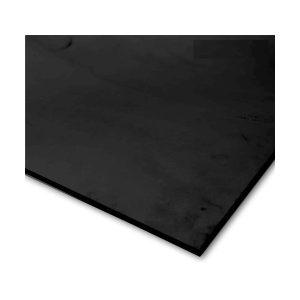
Acoustic Foam Sheet 2m Wide Sound Absorbing BS476
Price range: £75.83 through £235.50Sound Absorbing Acoustic Foam Sheet BS476 2m Wide…
-
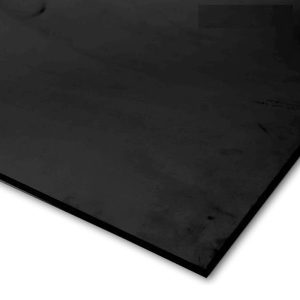
Black Natural Rubber Sheet 1.4m Wide
Price range: £158.28 through £1,975.49Black Natural Rubber Sheet 1.4m Wide Fuel grade…
-
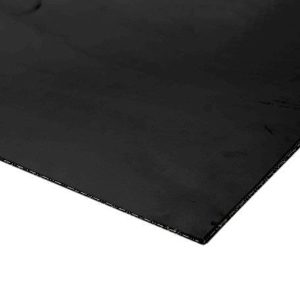
Black Neoprene Diaphragm Single PLY Nylon Insertion Rubber Sheet 1.5m Wide
Price range: £146.95 through £1,806.80Black Neoprene Diaphragm Single PLY Nylon Insertion Rubber…
-
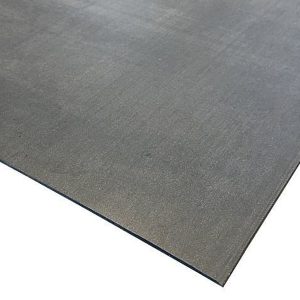
Flame Retardant Rubber Sheet 1m Long Solid Silicone MF775
Flame Retardant Dark Grey Solid Silicone MF775 Rubber…
-
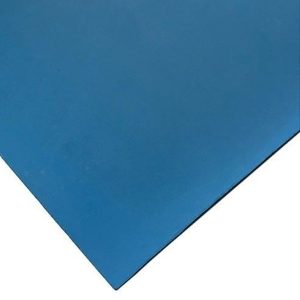
Fluoro-A Rubber Sheet Blue 1.2m Wide FDA Complaint
Price range: £619.52 through £1,672.68Fluoro-A Rubber Sheet Blue 1.2m Wide FDA Complaint…
-
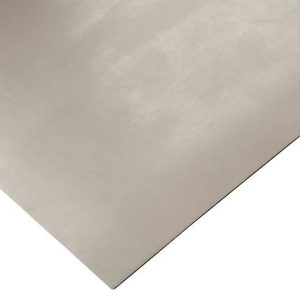
Fluoro-A Sheet Beige 1.2m Wide FDA Compliant
Price range: £357.67 through £1,908.32Fluoro-A Sheet Beige 1.2m Wide FDA Compliant Blue…
-
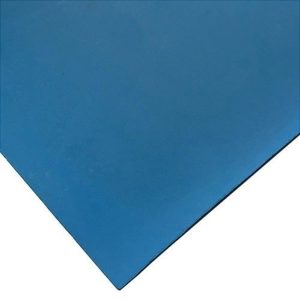
Fluorosilicone Rubber Sheet Blue 3.2mm Thick
Price range: £596.10 through £1,089.64Fluorosilicone Rubber Sheet Blue 3.2mm Thick Fluorosilicone rubber…
-
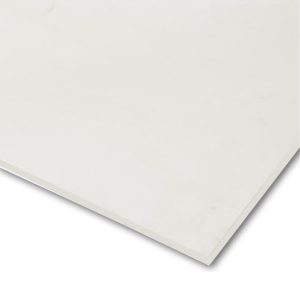
Natural Rubber Sheet White 1.4m Wide
Price range: £302.39 through £1,814.32Natural Rubber Sheet White 1.4m Wide Fuel grade…
-
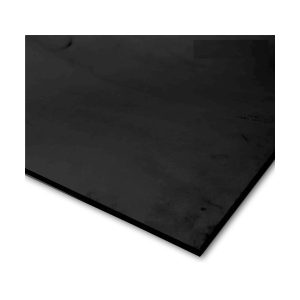
Natural SBR Rubber Black Insertion Sheet 1.4m Wide
Price range: £37.44 through £660.13Natural SBR Rubber 70° Black Insertion Sheet 1.4m…
-
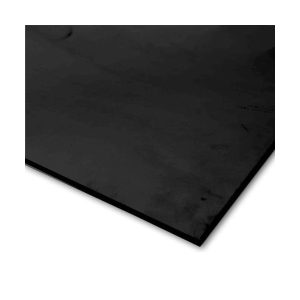
Neoprene Rubber Sheet Black 1.4m Wide
Price range: £38.81 through £1,795.55Neoprene Rubber Sheet Black 1.4m Wide Commercial quality…
-
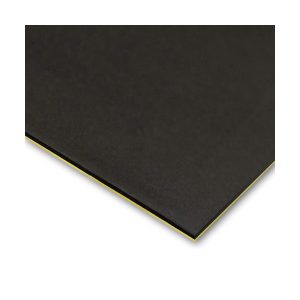
NEOPRENE Rubber Sponge Sheet 1m wide Self Adhesive Expanded Foam
Price range: £24.36 through £1,519.55NEOPRENE Rubber Sponge Sheet 1m wide Self Adhesive…
-

Nitrile Rubber Sheet Black 1.4m Wide
Price range: £169.33 through £1,978.84Nitrile Rubber Sheet Black 1.4m Wide 1.4 metre…
